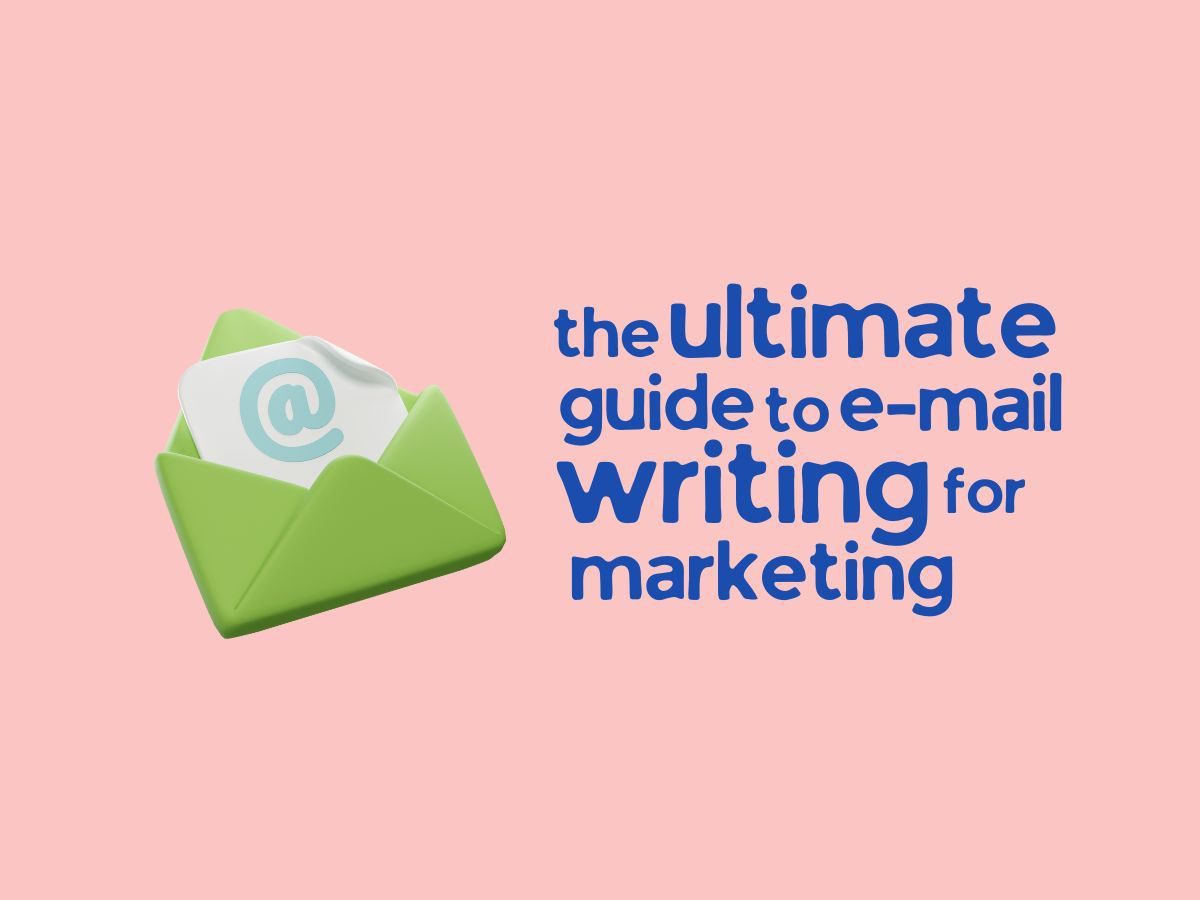Creating Mobile-Friendly Content #101
In today’s digital world, it is increasingly important for businesses to have mobile-friendly websites to reach the maximum number of potential customers. With over half of all internet traffic now coming from mobile devices, eCommerce sites must be optimized for mobile use. In this article, we will discuss the various ways to create mobile-friendly content and provide best practices for ensuring that your site is easily navigable and enjoyable for mobile users.
Typography
One of the most important aspects of creating mobile-friendly content is optimizing the way text is displayed on the screen. Mobile users tend to scan content rather than read it word for word, so it is crucial to structure your text in a way that is easy to scan.
Use shorter paragraphs and bullet points to break up large blocks of text, and use headings and subheadings to help users understand the main points of your content. It is also a good idea to use font sizes that are easily readable on a mobile device, typically around 14-16 point font.
Conveyance
In addition to formatting your text for easy reading on a mobile device, it is also essential to consider the language and tone of your copywriting. Mobile users are often looking for quick and easy-to-understand information, so use clear and concise language to get your message across.
Avoid using industry jargon or complex vocabulary, and focus on writing in a friendly and approachable tone. It is also a good idea to use actionable language and include a call to action to encourage users to take a specific action, such as making a purchase or signing up for a newsletter.
Conciseness
Another key element of mobile-friendly copywriting is the use of shorter words whenever possible. Mobile screens are small, so it is important to use language that is easy to read and understand at a glance.
Avoid using long words or phrases when shorter alternatives are available and try to keep your sentences as concise as possible. It is also a good idea to use active voice instead of passive voice, as this can make your writing more direct and engaging for readers.
Media
In addition to optimizing text, it is also important to consider the way images and videos are displayed on your mobile site. Large, high-resolution images can take a long time to load on mobile devices, which can be frustrating for users.
To optimize your images, consider using smaller, lower-resolution versions or using a content delivery network (CDN) to serve your images. It is also a good idea to use descriptive, relevant file names for your images and to properly size them before uploading them to your website.
Images
In addition to using smaller images, it is also essential to consider the overall load time of your mobile site. Mobile users are often on the go and may not have access to high-speed internet, so it is crucial to ensure that your site loads quickly.
To improve your load times, consider optimizing your images and other media files, reducing the number of redirects, and minifying your CSS and JavaScript files. You can also consider using lazy loading, which only loads content as it is needed, to further improve load times for your mobile users.
Optimizing Videos
Videos can be an excellent way to engage mobile users, but it is important to consider the way they are displayed on your site. To optimize your videos for mobile, consider using a responsive video player that adjusts to the size of the user’s screen, and use a video hosting service that is optimized for mobile delivery.
You should also consider the length of your videos and aim to keep them as short as possible, as mobile users may not have a lot of time to watch long videos. It is also a good idea to use descriptive, relevant titles and captions for your videos, as this can help users understand what the video is about before they start watching.
Optimize Design
In addition to optimizing your content, it is also important to consider the overall design of your mobile site. Mobile users often interact with websites in different ways than desktop users, so it is essential to ensure that your site is easy to navigate and use on a small screen.
Consider using a responsive design that adjusts to the size of the user’s screen, and use large buttons and easy-to-read fonts to make it easy for users to interact with your site. It is also a good idea to use white space effectively to help break up content and make it easier to read.
Conclusion
In conclusion, creating mobile-friendly content is crucial for businesses looking to reach the maximum number of potential customers. By optimizing text reading patterns, using best practices for mobile copywriting, optimizing images and videos, and optimizing design, you can ensure that your eCommerce site is enjoyable and easy to use for mobile users.
To stay up to date with the latest eCommerce strategies, consider subscribing to our newsletter. You can also follow us on social media Blustream Integrated for regular updates and tips. Thank you for reading!













